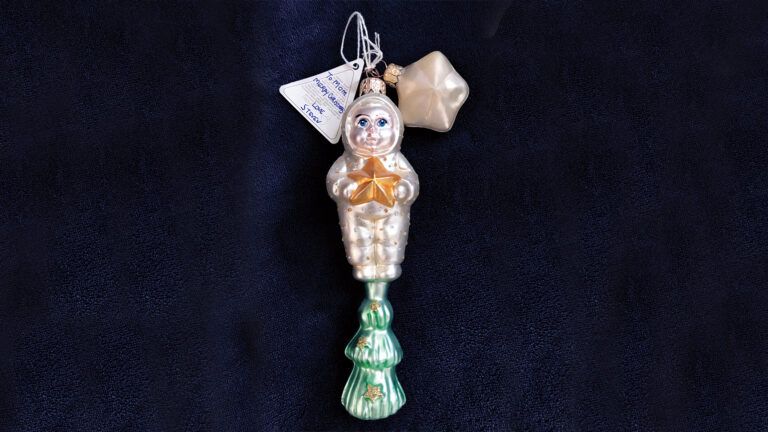A near-death experience, or NDE, is the term used to describe the “tunnel of light,” “visions of angels,” and “feelings of peace” that some people report upon their return from the brink of death. Whether such experiences are real visions of a world beyond ours is the subject of much debate, and the scientific community has struggled to find a definitive answer.
The findings of three major peer-reviewed studies, however, suggest that these NDEs are more than just hallucinations of a dying brain. They leave a profound and lasting impact on the survivors of serious injury and illness.
AWARE Prospective Study of more than 2,000 cardiac arrest patients in the U.S., Britain, and Austria from 2008-2014, conducted by Dr. Sam Parnia
- 40% of cardiac arrest survivors interviewed described “awareness” during the time they were clinically dead and no brain function was possible.
- 46% of those survivors recalled memories of fear; animals/plants; bright light; scenes of violence/persecution; feelings of deja-vu; visions of family; or awareness of events that occurred out of their sight.
- 13% experienced their consciousness being outside of their body.
“A 57 year old man described the perception of observing events from the top corner of the room and continued to experience a sensation of looking down from above. He accurately described people, sounds, and activities from his resuscitation. His medical records corroborated his accounts and specifically supported his descriptions… Our verified case suggests conscious awareness may occur beyond the first 20–30 seconds after cardiac arrest, when some residual brain electrical activity may occur.”
Near-death Experience in Survivors of Cardiac Arrest, a 2012 study of 344 patients in the Netherlands, conducted by Dr. Pim van Lommel
- 56% of those who reported an NDE felt positive emotions during their experience.
- 31% of these patients described “moving through a tunnel.”
- 32% met with people who had died before them.
Eight years later, all of these patients described feeling more self-assured, socially aware, and religious than before.
According to a nurse interviewed for the study: “During a night shift an ambulance brings in a 44-year-old cyanotic, comatose man into the coronary care unit. Only after more than a week do I meet again with the patient, who tells me that he desperately and unsuccessfully tried to make it clear to us that he was still alive and that we should continue CPR. He is deeply impressed by his experience and says he is no longer afraid of death.”
Features of Near-death Experience, an 1990 examination of the medical records for 58 patients in the U.S., conducted by Dr. J. E. Owens
- 75% of the patients closest to death remembered seeing “enhanced light.”
- 86% of these patients recalled having heightened cognitive function: increased speed, logical reasoning, and clarity of thought; overall visual and auditory clarity; an ability to perceive a stunning vividness of colors; and strong control over their thoughts.
- 16 patients reported no enhancement of cognitive function… but 13 of those (81 %) were not classified by doctors as being close to death.
“The hypothesis that the brain is necessary for mental functioning would lead us to expect that, as brain function becomes disturbed, and perhaps in some cases diminishes, a matching impairment of cognitive function would occur. Instead, we found that patients who were actually near death reported enhanced cognitive function at that time.”
For more insights into the latest NDE research, check out our interview with Janice Miner Holden, editor of the peer-reviewed Journal of Near-Death Studies, in the August-September 2015 edition of Mysterious Ways magazine.




